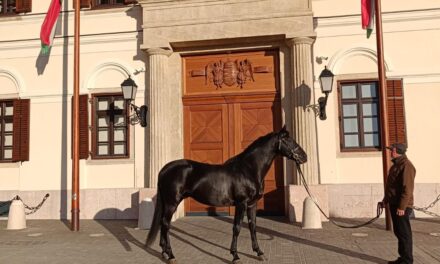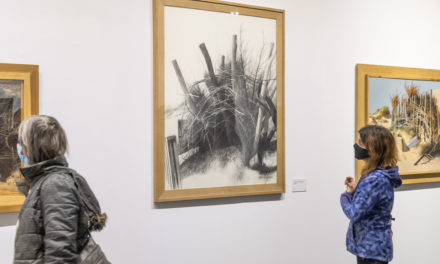The Hungarian string orchestra tradition and Lipizzan horse breeding were also added to the UNESCO (United Nations Educational, Scientific and Cultural Organization) list of intellectual cultural heritage at the world organization's 17th session.
The collective knowledge of humanity handed down from generation to generation is collected on the UNESCO list of intellectual cultural heritage. The inclusion on the list is decided by the Intergovernmental Committee of the Intangible Cultural Heritage, whose seventeenth session will be held from Monday to Sunday in Rabat, the capital of Morocco, based on the submissions of each country, the Directorate of the Intangible Cultural Heritage of the Open-Air Ethnography Museum in Szentendre informed on Thursday.
The institution responsible for the preparation of the international presentation of Hungarian world heritage elements announced: Hungary submitted the heritage element of Hungarian string orchestra traditions to the UNESCO list as an independent submission, and eight countries - Austria, Bosnia-Herzegovina, Croatia, Hungary, Italy, Romania, Slovenia - presented the tradition of horse breeding in Lipica. and Slovakia - jointly submitted to UNESCO.
In the announcement, they reminded that the string music formation was formed over centuries based on the master's string music practice.
Peasant string bands with a basic line-up of violin-viola-bass were the defining elements of community and family occasions, dancing and singing entertainment on weekdays and holidays.
The dance hall movement, which started in the 1970s, also brought about a turning point for the string music tradition and helped it survive and flourish today. Thanks to the start of official training, practicing and consciously passing on string music is a way of life and a profession for hundreds of folk musicians.
The Hungarian folk string orchestra, with its varied composition of instruments, social and cultural functions and diverse repertoire, has a radiating effect on the whole of Europe, but especially on the neighboring regions, so it is one of the most influential musical phenomena in the region today, the statement pointed out.
As highlighted, the submission documentation was prepared with the professional assistance of the House of Traditions, and the evaluation board expressed its appreciation for the well-prepared and informative video appendix.
In the representative list of UNESCO's intellectual cultural heritage, the Hungarian heritage elements currently include the Mohács bus tour, the Matyó embroidery, falconry submitted as a joint proposal, and the tradition of blue painting. In the register of good conservation practices, the dance hall method and the Kodály method represent exemplary conservation programs.
MTI
Cover photo: Lipizzaner horses at the Szilvásvárad stud / Photo: Szilvásvárad.hu












